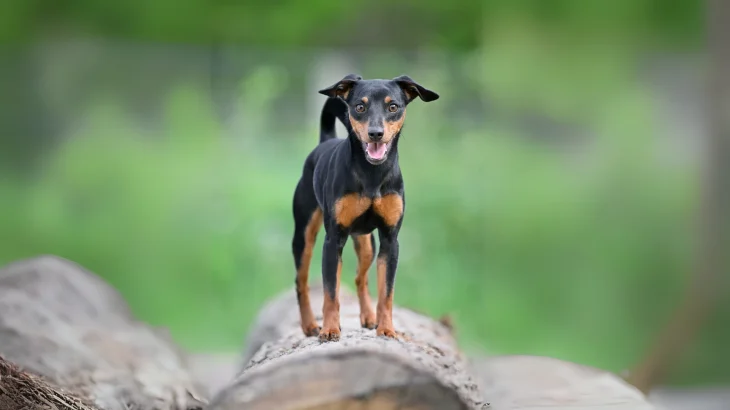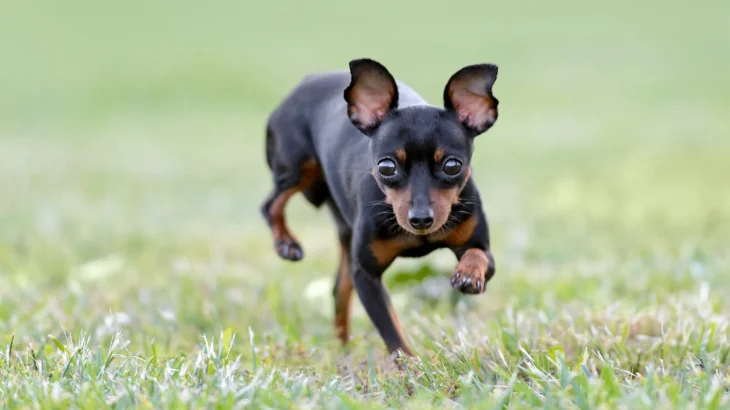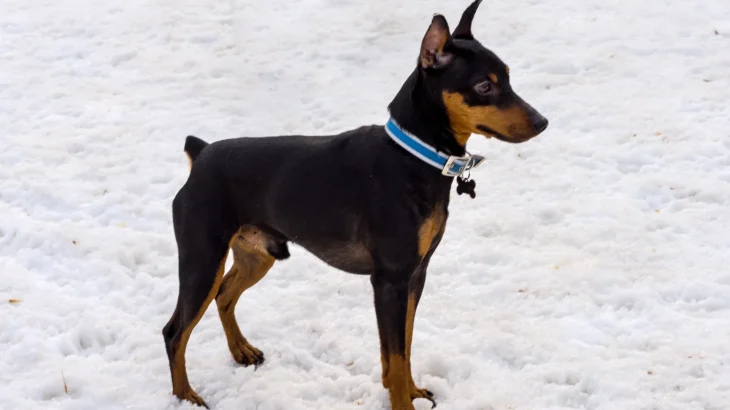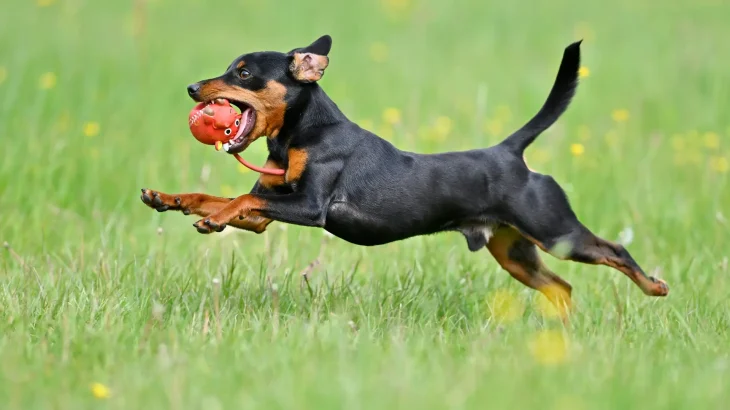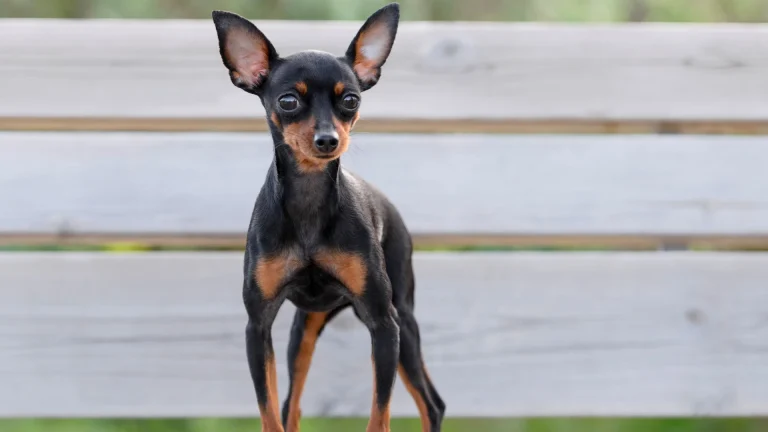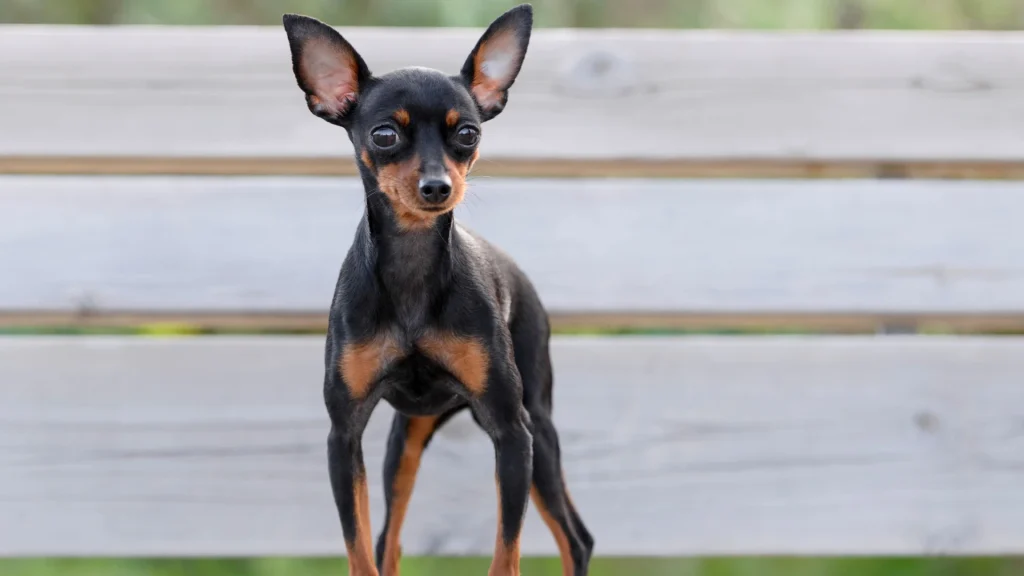Choosing between adopting or purchasing a Russian Toy puppy depends on your priorities regarding cost, health transparency, and support. Buying from a reputable breeder often means access to detailed health history and pedigree, while adoption can be more affordable and gives a needy dog a loving home.
Adoption vs. Breeder: Pros & Cons
| Criteria | Buying from Breeder | Adopting from Shelter/Rescue |
|---|---|---|
| Cost | Generally higher, around $2,000 or more for a Russian Toy puppy. | Lower adoption fees, often including vaccinations, spaying/neutering, and microchipping. |
| Health History | Detailed records including genetic screenings and evaluations (patella, cardiac, ophthalmologist). | Health history may be limited or unknown; shelters provide basic health checks. |
| Age Availability | Primarily puppies, allowing early training and bonding. | Variety of ages, including adults who may already be trained or socialized. |
| Temperament Insight | Breeders often provide insight into lineage-based temperament traits. | Shelter staff can share observations, but background may be incomplete. |
| Supporting Practices | Supports ethical breeding programs focused on the breed's standard and health. | Supports animal welfare by giving a home to dogs in need. |
| Return Policy & Support | Often includes breeder support and options if issues arise. | Shelters may have rehoming support but less formal guarantees. |


